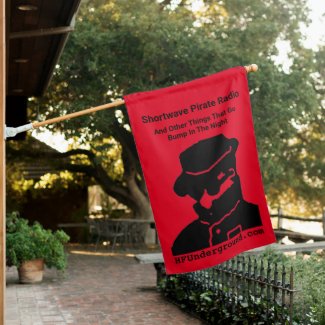My suggestion for a basic framework.
The way I see it this is a guide to identifying types of signals, not necessarily specific transmissions. I mean identify USB, LSB, AM, CW, RTTY, etc, but not try to identify HF-GCS, which normally uses USB. Some are going to require identifying the source, for example it would be hard to identify JT65a without the information it is typically a ham transmission and found on ham bands. And you can't ID the radar PLUTO without, well, IDing it as PLUTO. Because of this maybe a field that denotes typical users, without trying to identify all possible users.
A guide, an outline, of what is in each field needs to be worked out. Descriptions of minimum data content and form of data for each field. Define the size of thumbnail images. And then we build each page so it flows and is familiar, the same basic shape / format for each. So possibly a front end and then a detailed page on each mode. Does this format work with Wiki type stuff?
Front page consists of a table format. The table format is constant from top to bottom, but broken into general types. The basic data on each mode present in this table, bandwidth, shift, spectral image picture, recorded example, etc. The goal here is that this table provides the minimum data required to ID the mode, while providing a gateway to a more detailed page describing the mode. I think the front page should be limited to things you can see on any waterfall, without special tools. So things like bandwidth and spectral image for audio modes, and shift, number of tones, and spectral image, for data modes. Save the detailed stuff, baud rates and ACFs, for the detailed page.
Front page table broken into types of transmissions. Something like "non-data" modes, and "data" modes. Each type would be broken into further categories.
Non-data modes would include Communications (USB, LSB, CW, etc) and Non Communications (radars, sounders, sweepers, etc).
For data modes include the categories FSK, PSK, MFSK, SELCALL, Image, etc. Do we consider analogue image modes like WEFAX and SSTV data? Or non-data?
Within each category list the modes alphabetically.
Each line of the table contains the same set of data, regardless of modes or categories. "Not Applicable" is a valid entry. Example, voice modes have no need to fill in Shift or number of tones, but those are critical to IDing data modes.
What say yea? Will this work? Anyone got other suggestions or a better layout to suggest?
T!



